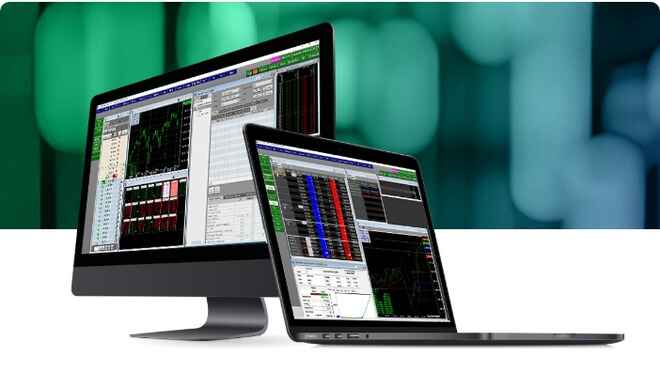RJO University is your gateway to mastering the futures markets. Start with our expert-led trading courses covering strategies, trade ideas, and market fundamentals. Stay current with our weekly podcast, Rolling Trades, where you can watch or listen to the latest market insights. And when you need clarity, our robust glossary offers clear definitions of essential futures trading terms—perfect for traders at every level.
RJO Premier
Full-service trading account with 24-hour access and tailored strategies.

